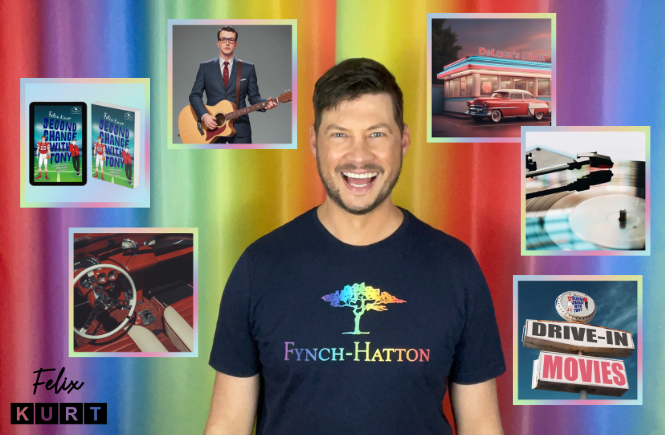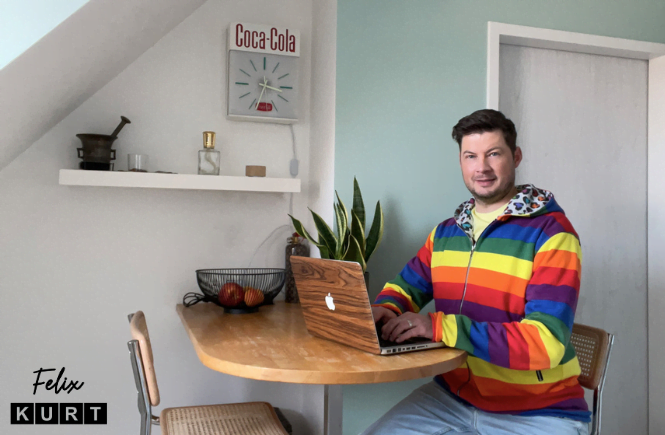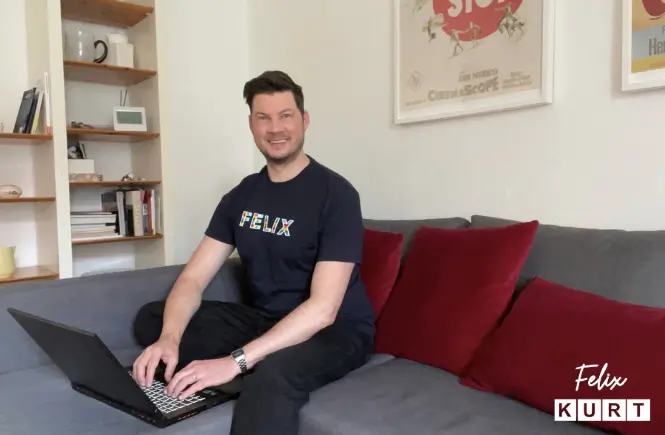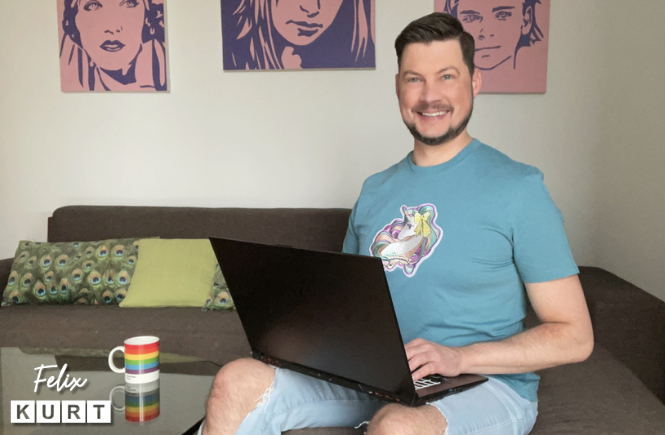Why the 1950s inspire me as a gay writer who grew up in the 1990s
Hey Booklovers,
When I was growing up, my parents had a flea market stall where they sold antiques my grandma had brought with her when she left East Germany. My family raised funds for her this way because her pension was very small. I learned a lot about antiques from different eras and how to distinguish them. My favorite period was the 1950s.
I was bullied heavily in school and the present moment felt horrible to me. In my imagination, I fled into the 1950s.
My mom was a big Elvis fan, and my dad had a big record collection. I started collecting decorative objects, furniture, and records from the 50s. The pastel colors and sleek forms spoke to me. I also loved the cheesy movies that showed a perfect world of well-dressed people attending cocktail parties.
My first novel “Second Chance With Tony” is heavily influenced by 1950s rural North America.
Lately, I’ve come to realize that the parallels between the 1990s I grew up in and the 1950s I dreamed of are both surprising and illuminating. The 1950s were a time of innovation, marked by the dawn of the Space Age, the rise of television, and the birth of the consumer culture. Similarly, the 1990s saw the explosion of the internet, the proliferation of digital technology, and the beginnings of globalization. Despite the temporal gap, both decades were characterized by a fervent spirit of innovation and progress. Design played a central role in shaping the aesthetic and ethos of both eras. In the 1950s, sleek lines, bold colors, and futuristic motifs dominated the design landscape, mirroring the era’s optimism about the possibilities of technology and modernity. In the 1990s, a similar fascination with sleek, minimalist design emerged, fueled by the rise of companies like Apple and the ethos of the burgeoning tech industry.
Beneath the shiny surface of progress and prosperity lay the shadow of danger. War loomed large over both decades. In the 1950s, the Cold War cast a long shadow, as the world teetered on the brink of nuclear annihilation. Similarly, the 1990s were marked by conflicts in the Balkans, the Gulf War, and the ongoing threat of terrorism.
As a gay writer, I can’t help but see parallels between the social and cultural repression of the 1950s and the struggles faced by LGBTQ+ individuals in the 1990s. In both eras, queer identities were marginalized and stigmatized, forced into the shadows by societal norms and legal restrictions. Yet, just as the 1950s laid the groundwork for the cultural revolutions of the 1960s and beyond, the 1990s saw the beginnings of a seismic shift in attitudes towards LGBTQ+ rights and visibility.
Innovation, design, danger – these themes resonate across the decades, linking the seemingly unrelated worlds of the 1950s and the 1990s. As a gay writer, I found inspiration in the 1950s, but I’m very glad not to have lived back then, when being gay was a crime and heavily penalized. I’m also glad to have left my terrible adolescence behind me. Now that we queer people in the Western countries have the same rights as everyone else, I find hope for a more inclusive and equitable future. These rights are very new and might be taken away again if we are not vigilant. I try to contribute to my vision of an open and accepting society by the stories I write and by living openly and showing my face here on social media. Remember, no matter who you are, you are loved.
Stay bookish and fabulous,
Felix




